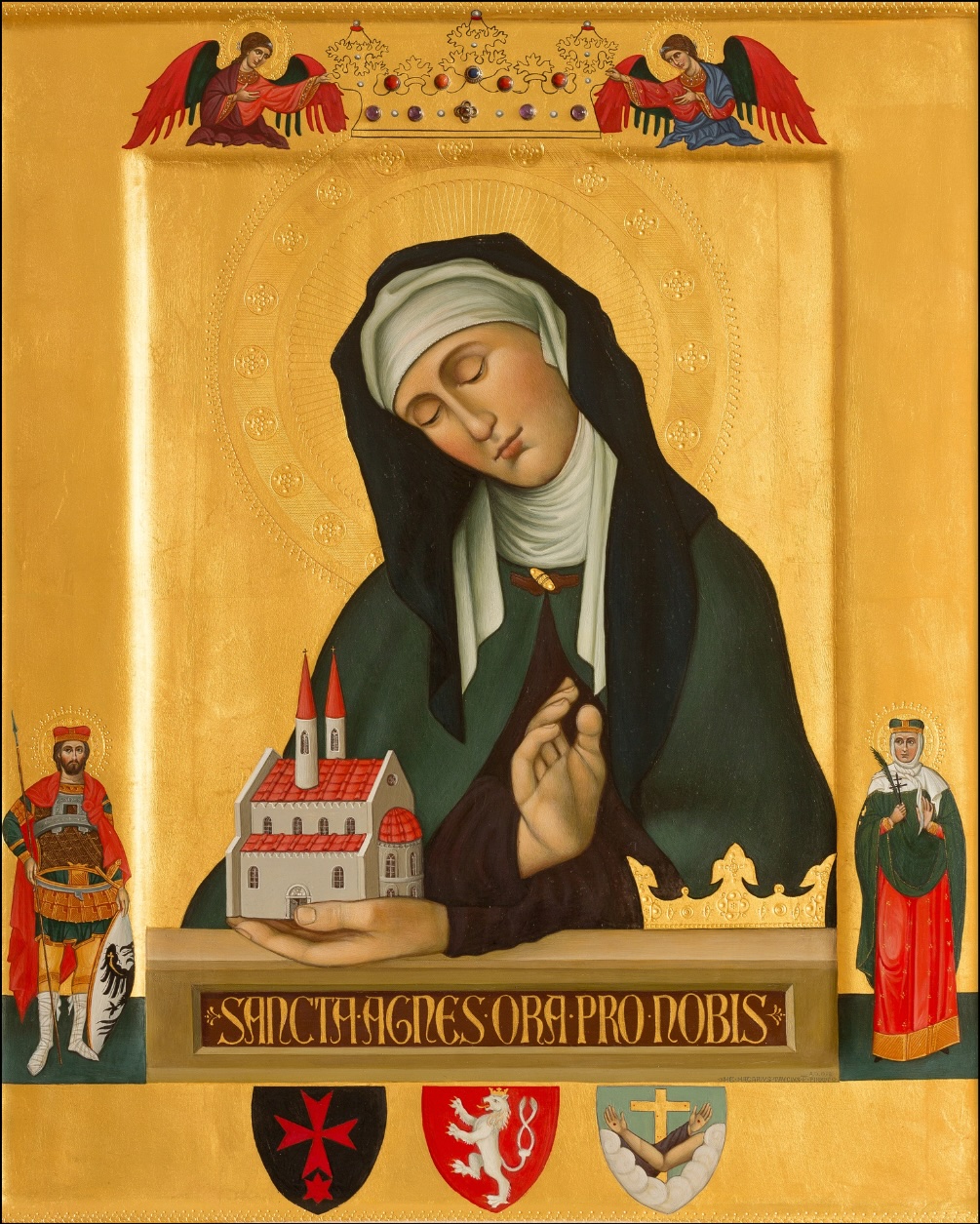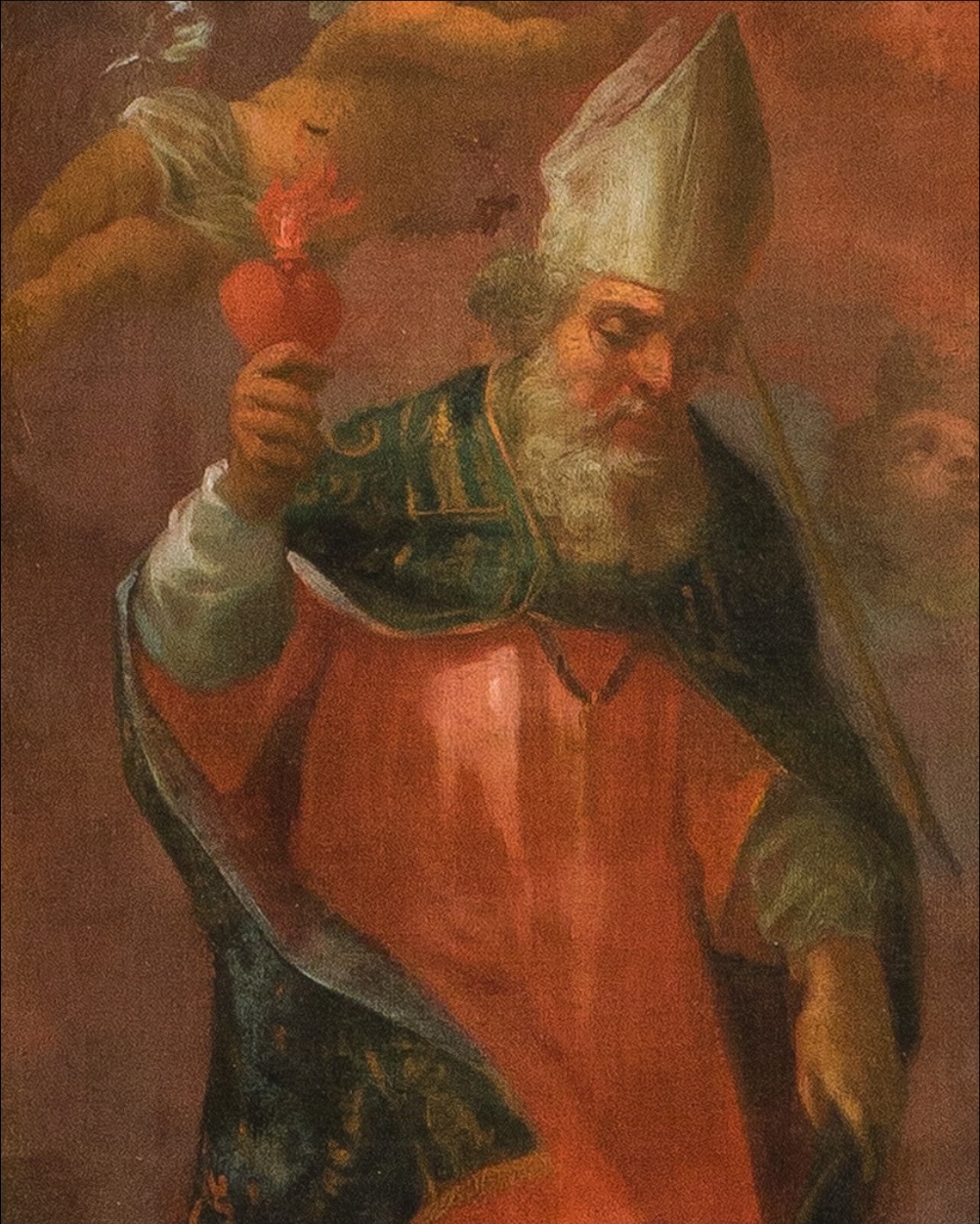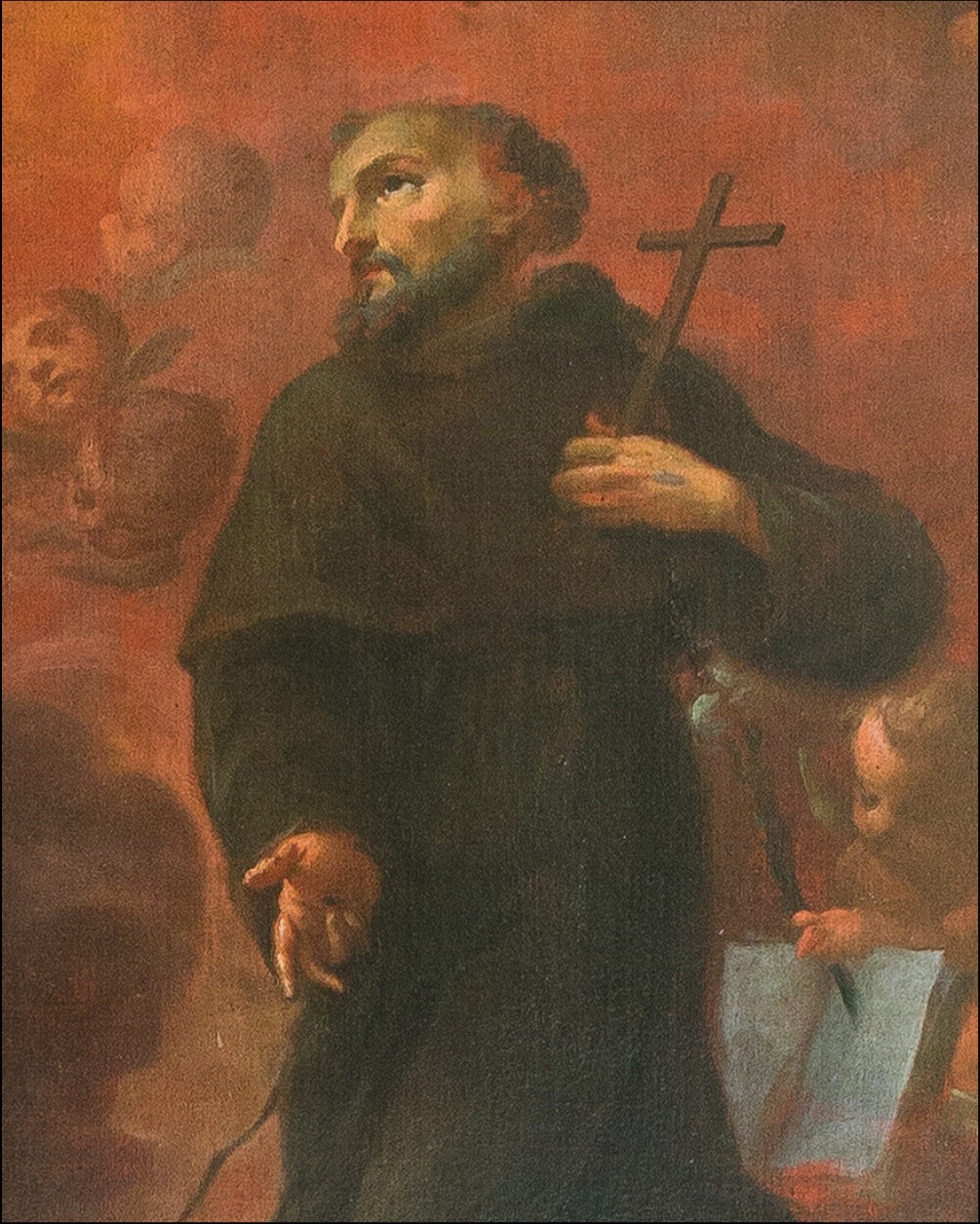Spirituality
“In you, O Lord, I take refuge; let me never be put to shame!” – Order motto
Our Mission
Pastoral Care in Parish Communities
Our first mission is to serve the Church through pastoral care in parish communities. We nurture the life of faith, bring people the joy of the Gospel, and accompany them on their journey to Christ through the sacraments, pastoral guidance, and community.
Hospitaller Charism
The second pillar is the hospitaller service entrusted to us by the foundress of our Order, Saint Agnes of Bohemia. In her spirit, we focus on helping the sick, the vulnerable, and those in need. Our mission thus unites spiritual care with the concrete service of love and mercy.
The Saints Who Guide Us

Saint Agnes of Bohemia
Founder of the Order
Despite being betrothed several times in her youth, she decided, influenced by Saint Francis and Saint Clare with whom she corresponded, to establish a Poor Clare convent in Prague at St. Francis, where she entered herself and subsequently became its abbess. Inspired, among others, by her cousin Saint Elizabeth of Hungary and her aunt Saint Hedwig of Silesia, she founded a hospital in 1233, later transformed into an independent order (the Knights of the Cross with the Red Star), which began caring for the sick, abandoned, elderly; orphans, pilgrims, and students. Although she lived a deep spiritual life within the walls of the convent, she sought to practically help her fellow people in their difficulties through this means. For the Knights of the Cross, she is not only their founder but also the one who assigned them one of their important missions, which is the care of the needy.

Saint Augustine
The Rule as the foundation of our life
He led a very tumultuous youth but later underwent a conversion to Christianity, became a monk, and subsequently a great theologian of the Church during late antiquity. He authored several writings, the most famous of which, "Confessions," is still read and serves as an inspiration for the spiritual life of many Christians. In 397, he composed a rule (guidelines for monastic life) that is followed not only by the Knights of the Cross with the Red Star but also by other orders (Dominicans, Augustinians, Premonstratensians, Brothers Hospitallers, etc.). Even today, he is considered the greatest and most influential Church Father of the West. The Knights of the Cross continue to follow the rules he wrote and strive to fulfill his legacy by proclaiming the joyful message of Christ to the world.

Saint Francis of Assisi
Patron of sustainable stewardship and care for creation
He renounced his former life and, together with his friends, founded a monastery for which he wrote the rules of life (the rule). Through Saint Clare, he also influenced and inspired Saint Agnes of Bohemia. A lesser-known legacy of this saint is the tradition of setting up nativity scenes. For his positive relationship with nature and all creation, he is considered the patron of all who are close to ecology and the careful care of nature. This is also the goal of the Knights of the Cross in managing fields, forests, ponds, and meadows. To manage these entrusted estates sustainably and use their yields to develop the spiritual and hospitaller mission of the order.
Devotion
The spirituality of the Order is already reflected in its very name, which refers to the wood of salvation – the Holy Cross. Through their veneration of the Cross, the Knights of the Cross aligned themselves with the tradition of hospital service in the Holy Land, even though the Order did not originate there. It remains speculative whether any of the first members personally took part in the Crusades. Nevertheless, the chivalric character of the Order is represented in the veneration of Saints George, Hippolytus, Martin, Florian, and Sebastian. Among the Order’s feasts are May 3rd, when the Crusaders commemorate the Finding of the Holy Cross by Saint Helena, mother of Emperor Constantine the Great, and the Feast of the Exaltation of the Holy Cross, celebrated on September 14th. In addition to the Holy Cross, other instruments of Christ’s Passion were also objects of veneration. During the Baroque period, the cult of Christ’s Five Holy Wounds flourished, notably promoted by Grand Master Pospíchal. This focus on the Lord’s Passion is also reflected in the veneration of His Mother’s suffering – Our Lady of Sorrows.